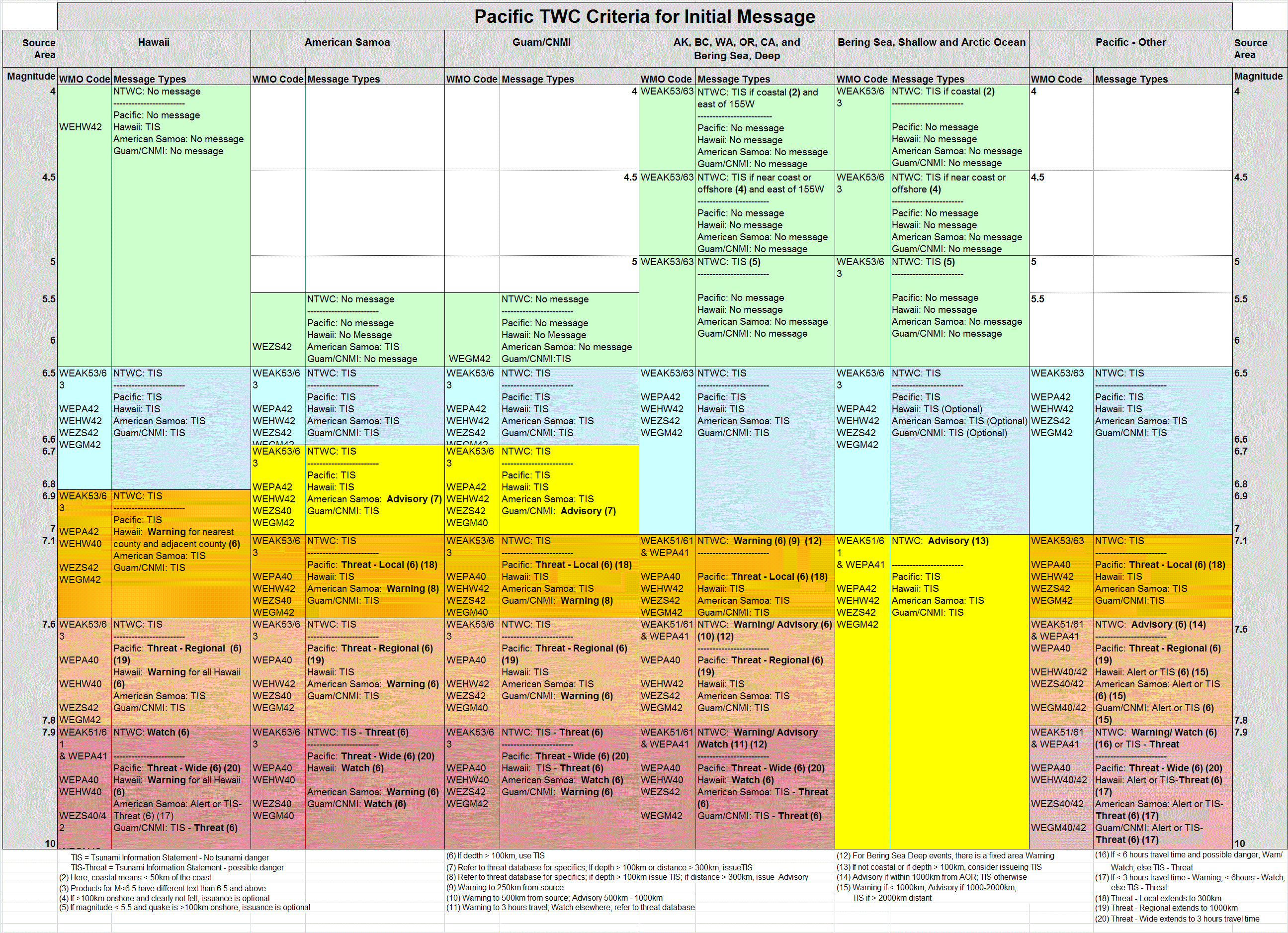On March 10, 2023, a powerful 6.9-magnitude earthquake struck southwest Japan. The quake's epicenter was located in the sea off the coast of Miyazaki Prefecture, causing widespread shaking and power outages. However, the tsunami advisory issued for the coastlines of Miyazaki and Kagoshima prefectures has since been lifted, bringing some relief to the affected areas.
The quake struck at 10:01 am local time, sending shockwaves through Kyushu and Shikoku islands. Buildings swayed violently, and residents reported feeling intense shaking. Over 1 million households in Miyazaki and Kagoshima lost power, and numerous roads and railways were damaged. The Japan Meteorological Agency initially issued a tsunami advisory for the coastlines within a 200-kilometer radius of the epicenter, warning of possible waves up to 3 meters high.
Emergency services responded swiftly, evacuating residents from coastal areas and setting up shelters. The government mobilized the Self-Defense Forces to assist with search and rescue operations. As of March 11, no fatalities have been reported, but dozens of people have been injured.
The Japan Meteorological Agency has lifted the tsunami advisory for both Miyazaki and Kagoshima prefectures. However, the agency continues to monitor the situation and warns of possible aftershocks in the coming days or weeks. Residents are advised to stay alert and follow instructions from local authorities.
The quake has triggered numerous aftershocks, with the largest measuring 5.4 magnitude. The Japan Meteorological Agency has not ruled out the possibility of larger aftershocks, urging residents to take necessary precautions.
Teams from the National Research Institute for Earth Science and Disaster Prevention (NIED) are currently conducting damage assessments in the affected areas. Initial reports indicate that many buildings and roads have been damaged, but the full extent of the damage is still being determined.
Recovery efforts are underway, with utilities working to restore power and transportation services. Local governments are providing assistance to those affected by the quake, including food, water, and shelter.
The earthquake has raised concerns about Japan's preparedness for natural disasters. The country is located in a seismically active zone, and large earthquakes are not uncommon. However, the recent quake is a reminder of the risks associated with living in such an area.
Some experts have argued that the quake highlights the need for stronger building codes and more resilient infrastructure. They point out that many of the buildings damaged in the quake were old and not built to withstand strong earthquakes.
Others have emphasized the importance of public education and disaster preparedness. They stress that residents need to be aware of the risks and know what to do in the event of an earthquake or tsunami.
Southwest Japan's 6.9-magnitude earthquake has been a wake-up call for the region. While the tsunami advisory has been lifted and there are no reported fatalities, the quake has caused significant damage and disrupted the lives of many. Recovery efforts are underway, but the full extent of the damage is still being assessed.
The earthquake serves as a reminder of the risks associated with living in an earthquake-prone area. It also highlights the importance of strong building codes, resilient infrastructure, and public education. By taking these steps, Japan can better prepare for future disasters and mitigate their impact on its citizens.
Read also:
XRP Soars: Renowned Trader Peter Brandt Reveals The Keys To Its Meteoric Rise
Underrated Blockbuster Soars On Netflix Despite Disappointing Box Office Debut
Bloodborne Down For Maintenance Soon But Don't Get Your Hopes Up

